Optimal Timing for Chimney Removal
Understanding the optimal timing for chimney removal is essential for safety and efficiency. The best time generally aligns with periods of minimal weather disruptions and when the chimney is not actively in use. Proper scheduling can prevent complications and ensure the job is completed thoroughly.
Late spring and early fall are ideal for chimney removal due to milder weather conditions and lower demand for related services.
Dry, calm weather minimizes risks and facilitates safer, more effective removal operations.
Scheduling during periods of low occupancy or renovation reduces disruption and allows for better planning.
Performing chimney inspection prior to removal ensures safety and helps determine if removal is necessary.

An image of professionals safely removing a chimney structure.
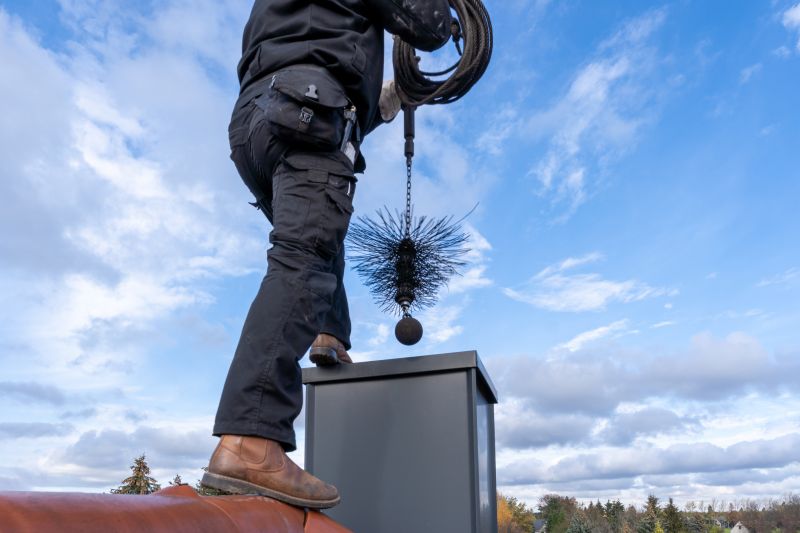
Tools and machinery involved in the chimney removal process.

A cleared chimney space ready for reconstruction or sealing.
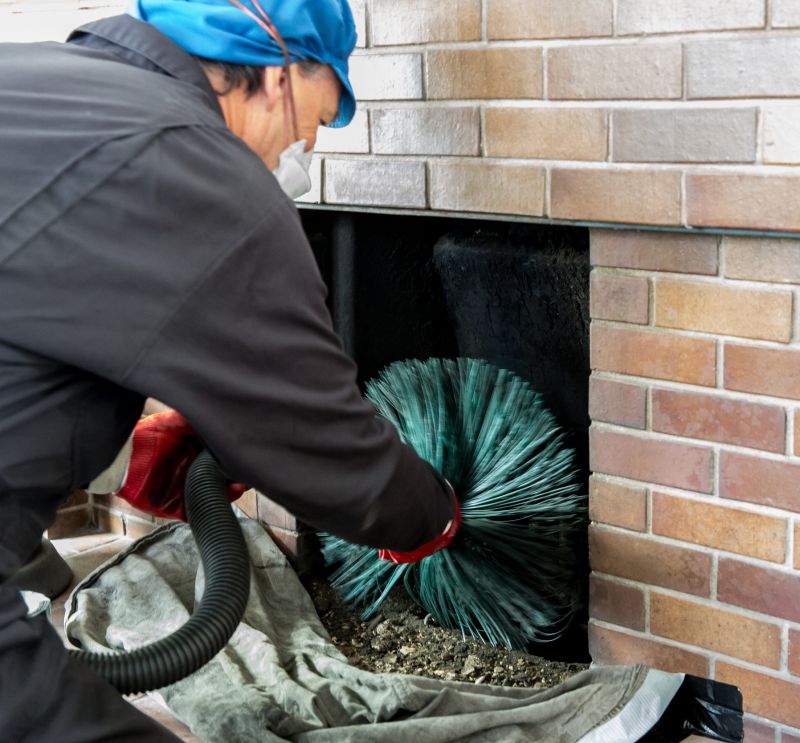
Workers using protective gear during chimney removal.
| Best Time Period | Reason |
|---|---|
| Late Spring | Favorable weather and less activity |
| Early Fall | Before heating season begins |
| Off-Season Months | Reduced demand and scheduling flexibility |
| Dry Weather Periods | Minimized safety risks and complications |
| Post-Inspection Phase | Ensures safety before removal |
Chimney removal is a significant process that involves careful planning and execution. It is often performed when a chimney is no longer needed, structurally unsafe, or when remodeling a building. Proper timing ensures safety, reduces costs, and aligns with other construction or renovation activities. The process typically involves dismantling the chimney from top to bottom, removing debris, and ensuring the surrounding structure remains intact.
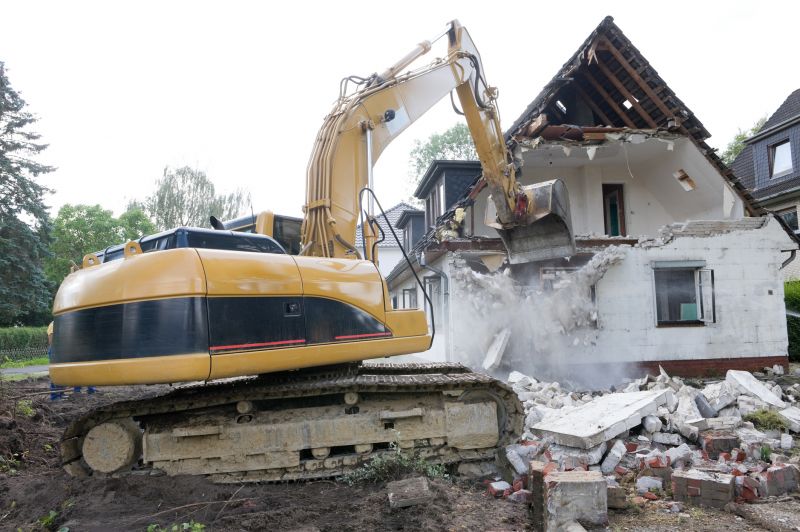
Specialized tools used in chimney removal.
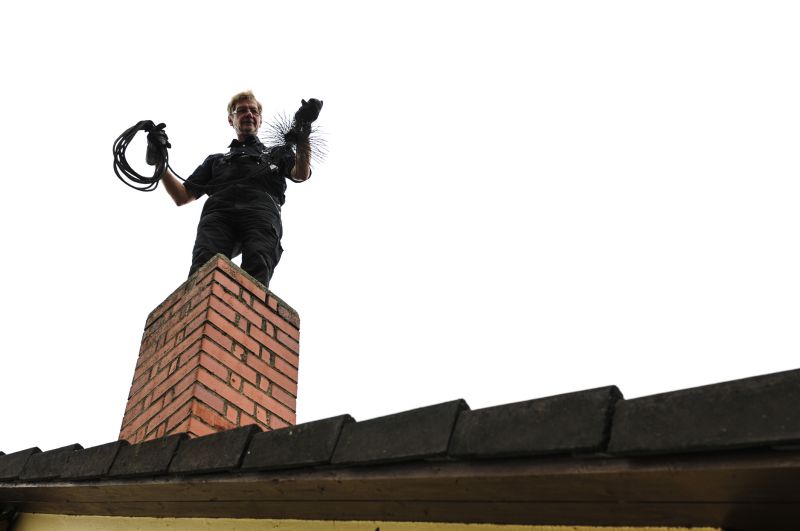
Comparison of chimney before removal and after completion.
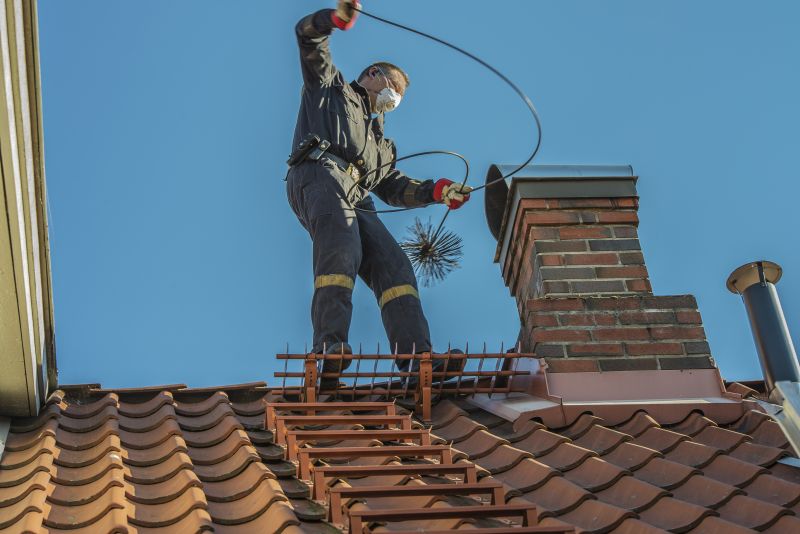
Safety protocols during chimney removal.

Removing leftover materials after chimney dismantling.

Ways to make Chimney Removal Service work in tight or awkward layouts.
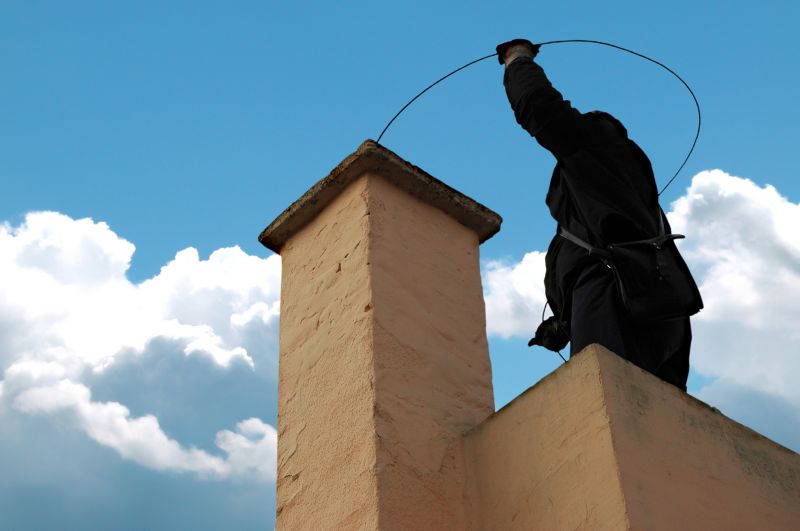
Popular materials for Chimney Removal Service and why they hold up over time.
Choosing the right time for chimney removal can prevent unnecessary delays and complications. It is advisable to consult with experienced professionals to assess the specific needs of the property, local weather patterns, and scheduling constraints. Proper planning ensures a smooth process and minimizes impact on property use.
Professional evaluation determines if removal is necessary and safe.
Scheduling with appropriate permits ensures compliance and safety.
Choosing between sealing, rebuilding, or repurposing the space.
Monitoring weather and environmental factors for optimal timing.



